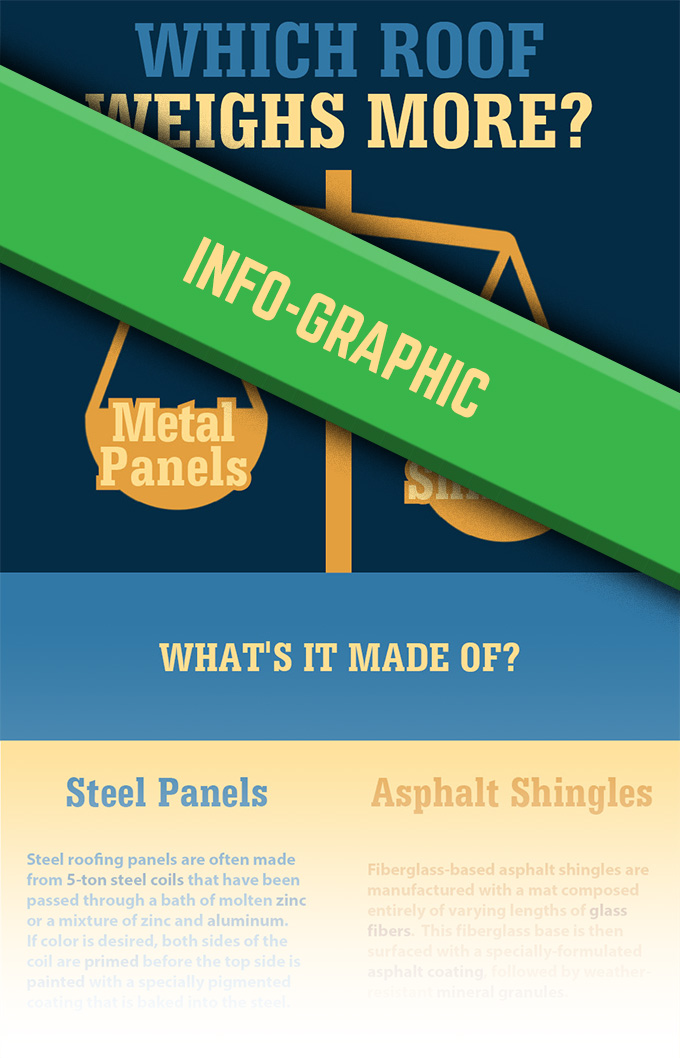Trip Right Into The Intricate Globe Of Photovoltaic Panel Technology And Discover Exactly How Sunlight Can Be Transformed Into Power
Trip Right Into The Intricate Globe Of Photovoltaic Panel Technology And Discover Exactly How Sunlight Can Be Transformed Into Power
Blog Article
Authored By-Rye Britt
So, you've heard about photovoltaic panels and their potential to produce electricity from sunlight, however just how precisely do they function? Comprehending the intricate technology behind solar panels can be a fascinating trip into the world of renewable resource. From the basic concepts of photovoltaic cells to the detailed components that make up a solar panel system, there's an entire world of understanding waiting to be checked out. Let's decipher the enigmas of photovoltaic panel technology together.
Solar Panel Modern Technology Principles
To really understand the significance of photovoltaic panel innovation, you need to explore the fundamental concepts that underpin its functionality. Photovoltaic panel contain photovoltaic cells, typically made from silicon, which have the impressive ability to convert sunlight right into electrical energy with the solar result. When sunshine strikes the cells, the photons in the light interact with the silicon atoms, creating the electrons to damage devoid of their atomic bonds. This develops an electric current that can then be used for powering different devices.
The essential element of photovoltaic panels is the semiconductors within the photovoltaic cells, which facilitate the conversion of sunshine right into usable power. These semiconductors have both positive and negative layers, creating an electrical area that permits the circulation of electrons.
This circulation of electrons, when linked in a circuit, generates straight current (DC) electrical power. Comprehending these standard concepts is vital for valuing just how solar panels can harness the sun's energy to power homes, organizations, and even satellites in space.
Just How Solar Panels Generate Electrical Power
Solar panels harness the sun's energy by transforming sunlight right into electrical power through a procedure known as the solar impact. When sunshine strikes the solar panels, the photons (light bits) are absorbed by the semiconducting materials within the panels, typically made of silicon. This absorption creates an electrical current as the photons knock electrons loose from the atoms within the product.
The electric areas within the solar batteries after that compel these electrons to stream in a particular direction, producing a straight current (DC) of electrical energy. https://www.energy.gov/articles/doe-announces-8-million-integrate-solar-energy-production-farming is then gone through an inverter, which transforms it right into alternating existing (AIR CONDITIONING) electrical power that can be used to power your home or company.
passive solar energy systems harness the sun’s (heat / light) energy produced by the solar panels can be kept in batteries for later usage or fed back into the grid for credit report with a procedure called web metering. Understanding exactly how solar panels create electricity is essential to valuing the environmental and cost-saving advantages of solar power systems.
Recognizing Photovoltaic Panel Components
One vital element of solar panel technology is understanding the various elements that compose a solar panel system.
The key parts of a photovoltaic panel system include the solar panels themselves, which are comprised of solar batteries that transform sunshine into power. solar blu are mounted on a structure, often a roofing, to capture sunshine.
Along with the panels, there are inverters that transform the direct current (DC) electrical energy produced by the panels into alternating existing (A/C) electrical energy that can be used in homes or companies.
The system additionally consists of racking to support and position the photovoltaic panels for optimal sunshine direct exposure. In addition, cables and connectors are necessary for transferring the electricity created by the panels to the electrical system of a structure.
Last but not least, a surveillance system might be included to track the performance of the photovoltaic panel system and ensure it's working efficiently. Comprehending these parts is vital for any person seeking to install or utilize photovoltaic panel technology successfully.
Conclusion
Now that you understand the basics of photovoltaic panel modern technology and exactly how it works, you can appreciate the power of using sunshine to create clean and renewable resource for your structure. By using the photovoltaic effect and components like inverters and keeping an eye on systems, you can contribute to a more lasting future while also potentially minimizing power expenses. Keep discovering and exploring the possibilities of solar energy for a greener tomorrow.
